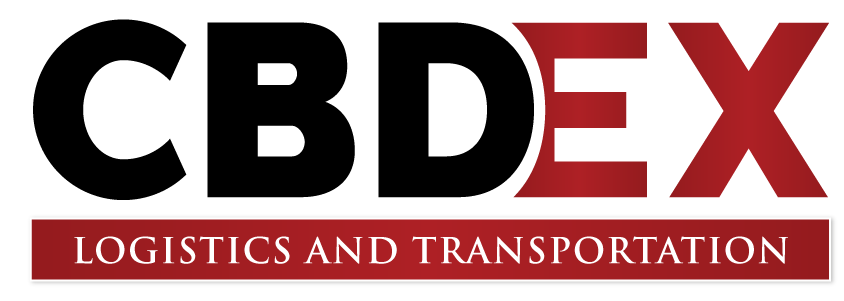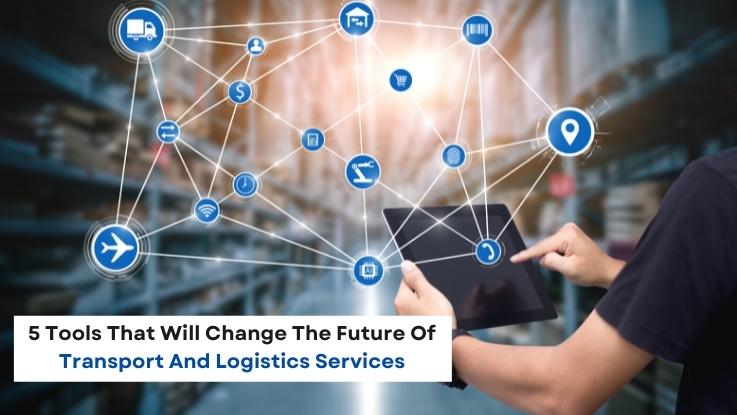Logistics and transport is one of the most important industries and the driving force for development and success of a region. Needless to say, technology has always played a crucial role in pushing this industry to the frontline. Every turn of the decade has brought something new to improve the current logistics and transport scenario. From the invention of the wheel to drones in warehouses, we certainly have come a long way.
The future of transport and logistics is bright as well. In fact, some logistics services and transportation services have started adopting exciting concepts like AI and ML into their operations. Keeping this mind, here are 5 tools that hold a lot of promise for this industry in the coming years.
Autonomous fleets
Amazon’s plan to include drones for deliveries as well for its own warehouses has just been the start for a meteoric rise in the use of autonomous tools and equipment. Drones are just the introduction though – the poster child for autonomous fleets. The concept is not new and autonomous forklifts and similar setups have been increasing the efficiency of warehouses for some time now. Other options in this sector include
Autonomous cranes
Mobile robots
Truck platooning
Self-driving cars
Autonomous ships
Cargo ships that will not require minimal human assistance can enter the market by 2030. Rolls Royce’s plans for the aforementioned have been compiled in a wonderful presentation. Autonomous trucks can also enter the market around the same time. These can actually end up saving as much as 20% on fuel expenses.
However, fuel is still the biggest factor that has the potential to make or break the autonomous fleet scenario. Although the big players are on the quest to find the most sustainable solution to this issue, a viable and long-lasting answer is still in the dark.
E-Brokerage Platforms
Dubbed as the ‘Uber of Trucks’, e-brokerage platforms can revolutionise the supply chain. Basically connecting the drivers and the other players in the system via mobile applications, these platforms can cut overhead costs by a large margin. The global supply chain loses $20 billion annually due to wasted miles and capacity problems. To solve this, a more synchronized means that connects the different players in the supply chain can drastically lower these losses. Mobile applications of such nature can automate the delivery process, receipt system, dispatch updates, as well as load finding. This, coupled with autonomous trucks, can absolutely change the industry which for decades has relied on human credibility and ‘trust’. To tackle the issue of the ’trust gap’, companies have also proposed these e-brokerage platforms to utilize technologies such as blockchain and AI.
Gyroscopic vehicles
Like something out of a sci-fi movie, gyroscopic vehicles utilize monorails to race across cramped spaces and through busy areas. Ideal for public transportation, gyro trains have been conceptualized more than a century ago. However, advancements in the monorail technology itself as well as next-gen gyroscopes have opened new avenues for this possibility. However, the biggest problem with gyroscopes is that they are expensive and pulling off a global revolution in public transport will require trillions of dollars in investment.
A more realistic concept is the use of these swift gyroscope powered vehicles in warehouses across well-defined pathways. The technology in itself, is quite versatile and can be applied to robots, assembly lines, as well as autonomous forklifts and cranes. Istanbul based Dahir Insaat has proposed this wonderful idea to the world and it is up to the big guys to pick up on it.
Next-gen GPS and radio frequency tools
Although these are not new concepts, advancements in both these technologies means that the logistics and transport industry has a powerful and reliable tool. The Global Positioning System is becoming more accurate and real-time data can be gathered from it within seconds. Tracking cargo fleets has become much easier using both GPS and radio frequency tracking. GPS allows real time change in routes for scheduling new deliveries as well as for preventing jams and road congestions. New platforms and supply chain management tools (SCMs) are slowly adopting GPS and radio frequency tracking into their systems. Radio Frequency tracking is, in fact, more versatile in some scenarios because it suffers from lesser fluctuations and provides a more steady stream of data.
AI powered tools
The world is talking about it and there is a solid reason behind it. Everything we talked about and the tons of things that we probably missed can all be bolstered by artificial intelligence. AI can increase the productivity in logistics by 40% according to some projections. AI can help the industry and solidify transportation services as well as logistics services by:
Forecast problems that can help save costs.
Improve predictive analysis. DHL, for example, tracks millions of posts on social media to track issues and problems faced by the end-consumer.
- Better last-mile delivery as already proposed and implemented by Amazon in its warehouse as well delivery drones.
- Better positioning of assets so that the supply chain is further optimised.
The applications of AI in this industry are never-ending in a way. Scalability is another problem that AI can solve easily – from a humble transport company to a veteran such as DHL or FedEx.
The goal is to revolutionise the industry in such a way that even the smallest players benefit from the change. All the tools and technologies listed here have the potential to affect everything from a Melbourne to Adelaide car transport to a cargo ship fleet carrying millions of tonnes.

